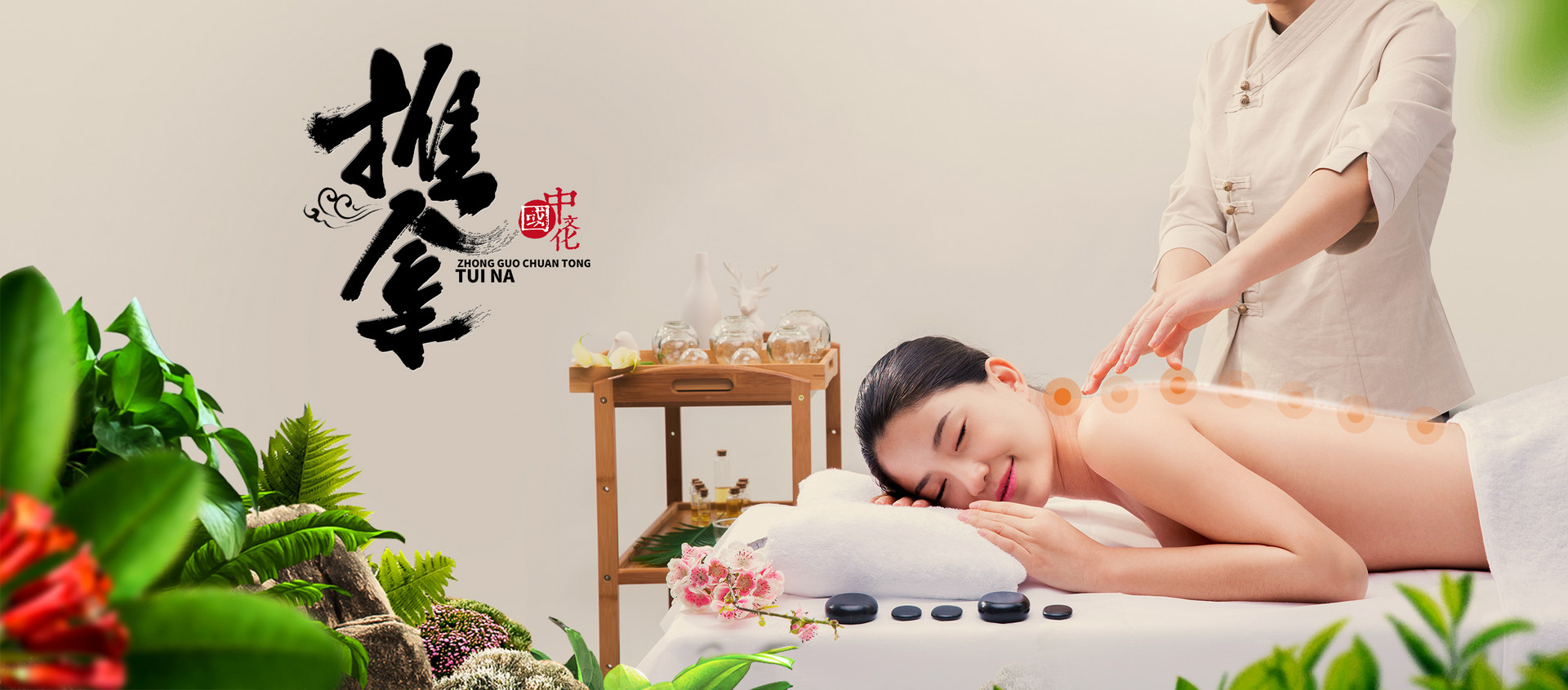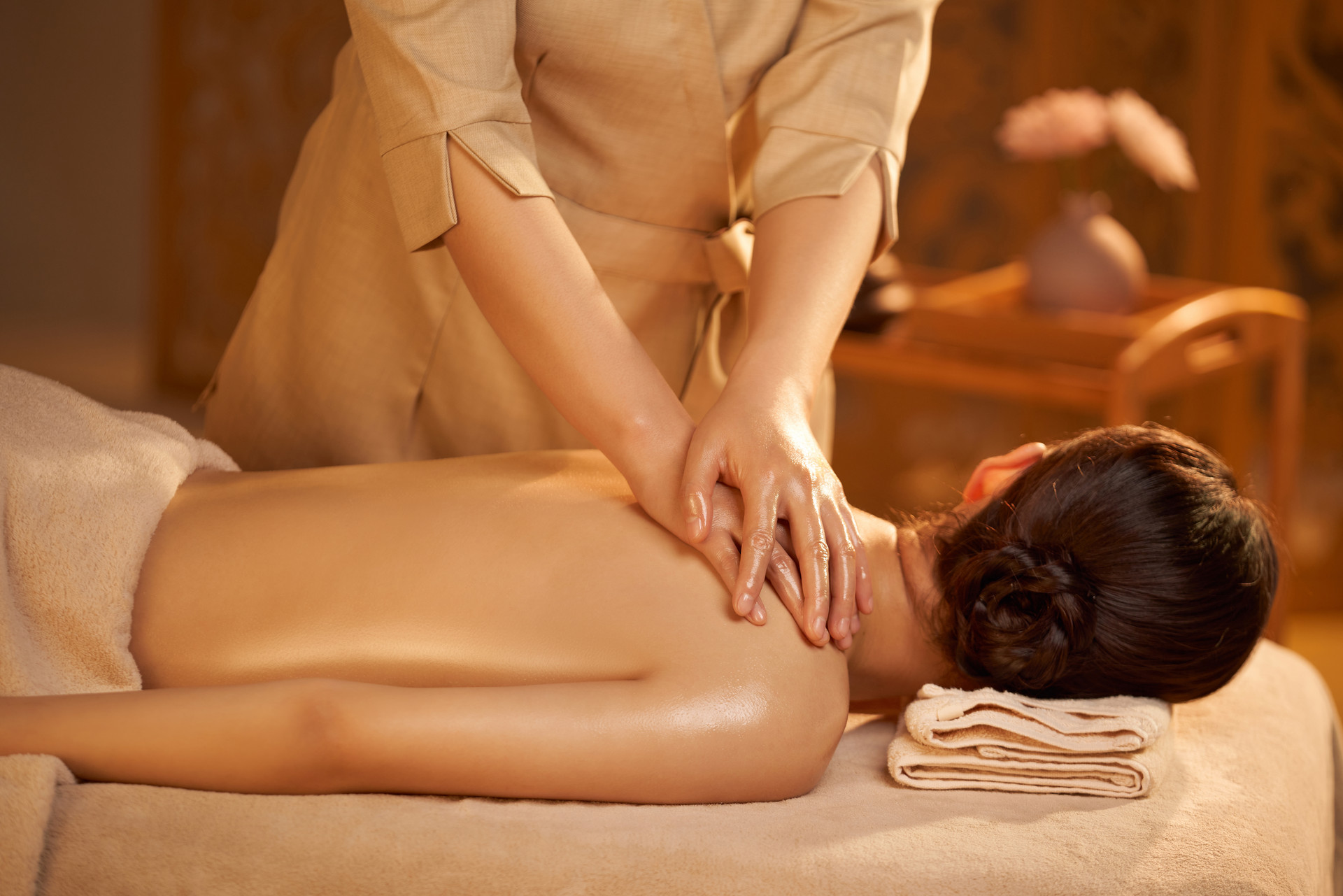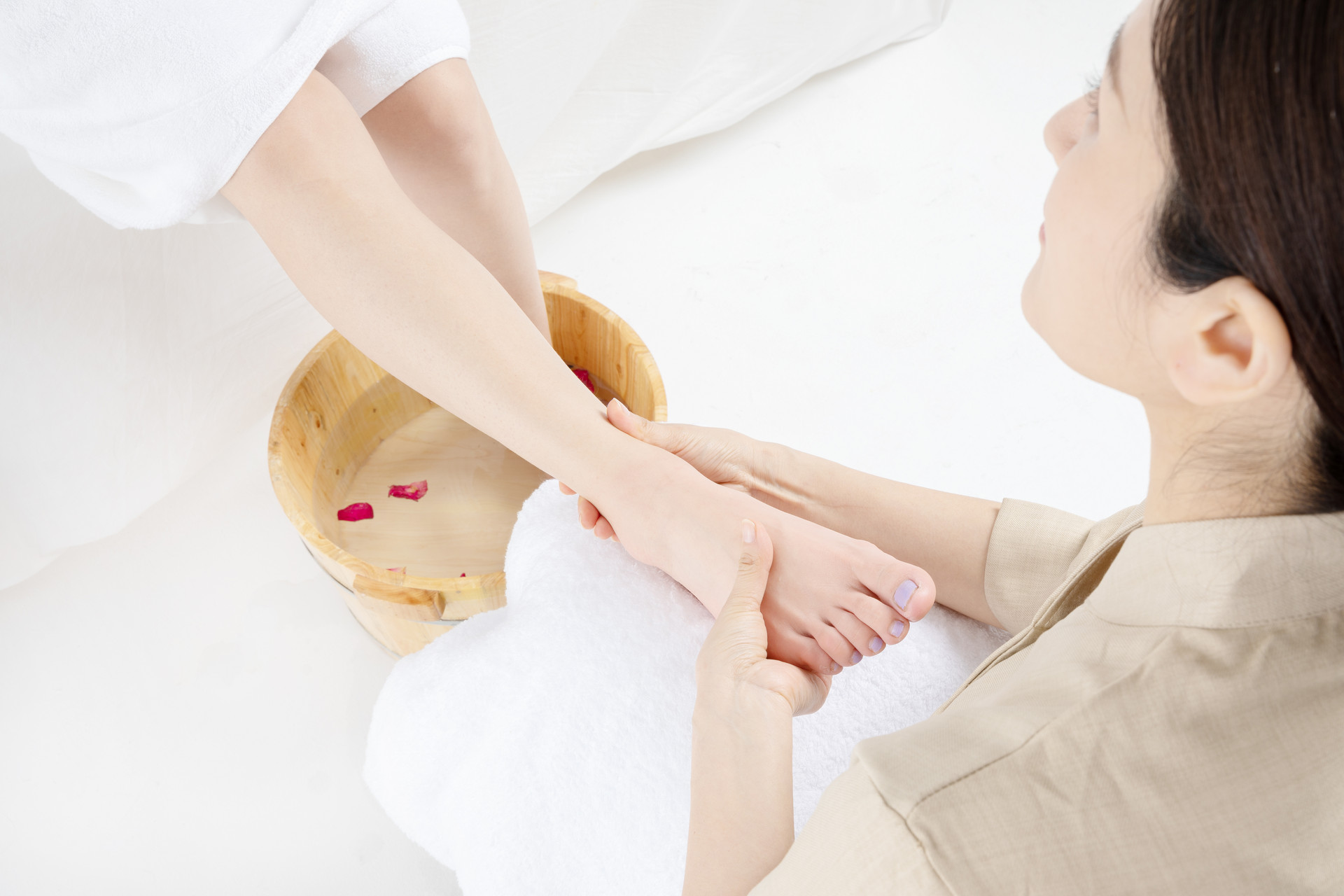1. Overview
Shy neck, also known as "lost pillow", is clinically manifested as acute neck muscle spasm, stiffness, soreness, and pain. Neck movement is restricted. Mild cases heal within a week, while severe cases experience severe pain that can radiate to the head and upper limbs and may last for several weeks. Frequent shy neck is often an early manifestation of cervical spondylosis.
2. Clinical manifestations
⑴ Stiffness and pain in the neck and shoulder, usually on one side, which can radiate to the head or upper limbs in severe cases. Some patients support their heads with their hands and walk slowly to avoid pain caused by vibration. Tender points are widespread, mostly near the spinous process or the sternocleidomastoid muscle at the upper corner of the scapula.
⑵ Limited neck function. Flexion, extension, rotation, and lateral flexion of the neck can all be restricted, and the body's rotation is often used instead of neck movement.
3. Etiology and pathogenesis
⑴ Exposure to wind and cold leads to stagnation of blood and Qi in the neck and back, causing stiffness, pain, and limited movement.
⑵ Muscular injury: Poor sleeping posture, unsuitable pillows that are too high or too low or too hard, can cause one side of the muscle group to be in an overextended state for a long time, resulting in static force damage and swelling of the muscles (such as the sternocleidomastoid muscle, trapezius muscle, levator scapulae muscle, etc.). In addition, when the neck muscles are completely relaxed during sleep, turning over can cause damage due to the lack of coordination in muscle exertion.
4. Massage therapy
⑴ The patient sits and performs massage on the painful area of the neck and shoulder for 10 minutes.
⑵ Press and knead Fengchi, Jianjing, Tianzong, Bingfeng, Ashi and other acupoints.
⑶ Finger knead tense muscles.
⑷ Neck manipulation.
⑸ Sideways neck manipulation: The doctor stands on the affected side, presses the affected shoulder with one hand or forearm, and supports the side of the head with the other hand, pushing the head in the opposite direction to press the shoulder 2-3 times.
⑹ Grasp Jianjing, rub and knead the shoulder.











